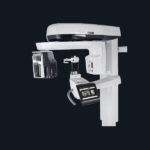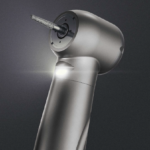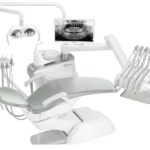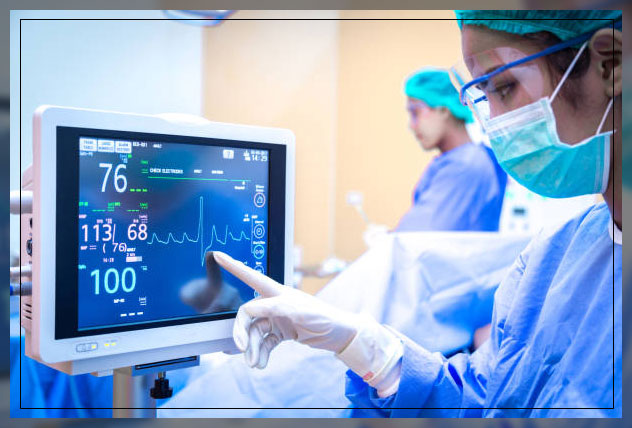
A vital signs monitor is an important part of any health care facilities, or medical institutes.
It allows medical healthcare professionals to accurately measure the basic bodily functions of their patients.
Moreover, choosing the right continuous vital signs monitor can be challenging.
A vital signs monitor offers to measure record, assign, and display a combination of values like heart rate, SPO2, blood pressure, spot checks, and temperature.
However, due to their versatility, the parameters and configurations of patient monitors, PM, and RPM, remote patient monitors are endless.
And in some cases, they can be exceedingly frustrating to navigate.
Furthermore, an informed purchase decision can help to make sure that you are buying the correct monitoring system for your clinic, or hospital setting.
You will need this information to make quick and accurate decisions.
Quality patient care depends on doctors and nurses that have accurate information at the right time.
Keep on reading to learn more.
Researching Vital Signs Monitor
The purchase of a vital signs monitor can be a frustrating experience.
There are a number of makes and models to choose from.
It often depends on the intended purpose, budgetary concerns, as well as preferences of experienced staff members.
Moreover, it depends on:
- replacement of end-of-cycle equipment
- expansion of the medical facility to add beds
- budget availability for existing beds for a higher percentage of monitors per patients
- specific use, or multi-purpose equipment
The modern vital signs monitor available today has bright, visible displays for easy reading.
Moreover, most of them are powered by AC and DC, and also include an option for battery power.
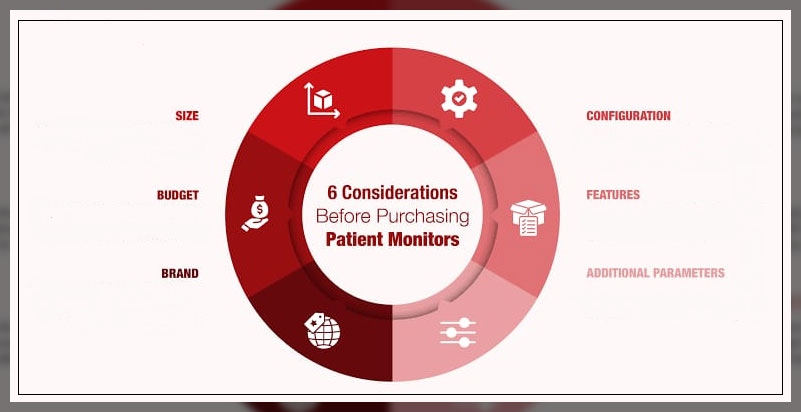
A battery backup is an important feature in the case of a power outage, or for normal patient portability.
Some vital signs monitors are highly portable and include a rolling stand or you can mount them on the wall permanently.
While most monitors have the ability to interfere with the EHR systems for annotating real-time waveforms, and vital signs directly into the patient records.
Furthermore, it can help you to make an informed decision about your next monitor purchase.
Having the right equipment will help to improve patient care, reduce staff frustrations, and maximize budgetary funds.
Learn more about Medical Items: Guide here.
What Needs to be Monitored and Why?
Every healthcare center focuses on the type of medical services they provide.
This focus will help to determine which vital signs you need to monitor in the delivery of patient services.
An ambulance will focus on emergency medicine and therefore, may not carry equipment to perform some more detailed tests, like a pulse oximeter.
However, they will certainly take the pulse of your patients and respiration rate to assess the best way to support the short-term transport of the patients.
Moreover, a number of hospitals or departments have a greater percentage of specialized equipment.
These help to support multiple patients will similar medical conditions.
For instance, the ICU will have stationary units by each side while the NICU will use fetal vital signs monitors for babies.
Furthermore, you may find it obvious, however, that during the purchase process, it is vital that the purchasing department understands the use of equipment.
And they not only focus on the budgetary concerns.
What the Vital Sings Monitor Measures?
The following vital signs are typical information that doctors and nurses will need to make appropriate healthcare decisions for their patients:
Pulse
The first step in emergency medicine is to check the pulse of patients.
After an initial assessment, changes in pulse rate and the strength of the heart bast can help provide valuable information for patient care.
Pulse Oximeter
This helps to test to find exactly how much oxygen is in the blood.
Moreover, damage to the brain and other organs can result from low oxygen levels in the bloodstream.
A pulse oximeter will help read the pulse, as well as blood oxygen levels.
Many practitioners can determine more aspects of heart health by using both measures together.
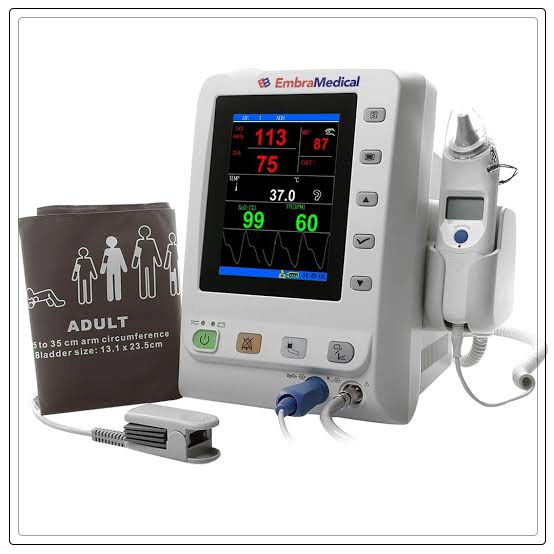
Blood Pressure
In the first responder situation, blood pressure temperature is the first thing doctors and specialists will record using a BP cuff or sphygmomanometer and a stethoscope.
With the help of this, the paramedics will decide if a high level of monitoring is required during transport or not.
Furthermore, once the patent arrives at the hospital, the blood pressure will be assessed again, often in conjunction with an electronic monitor.
This will help to assess heart stress and how strongly the heart is beating.
Blood loss can indicate low blood pressure readings, as well as, indicates the patient may be in shock.
Non-Invasive Blood Pressure, NIBP
NIBP helps to measure the blood pressure continuously of the patients.
This electronic vital sign machine includes non-invasive blood pressure cuffs to give a continual, accurate assessment of the patient’s health.
Other Factors the Machine Shows
Some other things the monitor will show are:
Invasive Blood Pressure, IBP
Invasive blood pressure is a common technique many doctors use in ICU facilities.
An arterial catheter will be directly inserted into the body of the patient, which will help determine the blood pressure from the inside.
Moreover, the procedure is usually only performed in specialty clinics or during surgery.
And it requires specialized medical training.
Also, this provides medical staff with detailed readings from the inside of the arteries.
Respiration
The rate of breathing and the difficulty with which the patient breathes is a clear indication of the overall health of the patient.
First responders, doctors, and nurses will use this data to determine the existence of underlying injuries and decide on a course of action.
Temperature
Infections and illnesses can change the core body temperature of the patients.
Moreover, regular monitoring will help to provide insight to clinicians for diagnostic purposes.
Especially while watching the trends of changes in body temperature.
As the temperature of the patient moves closer to normal body temperature, clinicians can assure the medical treatment is working effectively.
Vital Signs Variability
Vital Signs can change quickly and unexpectedly at times.
With continuous monitoring, healthcare providers can reduce the chances of missing the signals associated with clinical teamwork overloads.
Or sporadic variability in the readings of the patients.
Doctors and patients can make proactive decisions to improve patient care, satisfaction, and overall outcomes.
Monitor Features and Technical Specifications
The monitoring of vital signs is one of the foremost things that occur when every patient enters a medical setting.
Individual devices can help to measure separate aspects of the health of the patients.
However, combination monitors are most frequently used.
These monitors are preferred by doctors, nurses, and other medical professionals in critical-care situations where vital signs can fluctuate suddenly.
The monitors have the ability to record and store data to show the real-time health status of the patients.
Moreover, they also use warning visuals and sounds to alert medical personnel of the important changes.
Features of a Basic Combined Monitor
Combined monitors are either intended for portable or fixed use and include the following:
- printing capability
- large digital LED color display
- measure and display heart rates
- blood pressure monitoring using both non-invasive or invasive oscillometric methods
- EMR connectivity
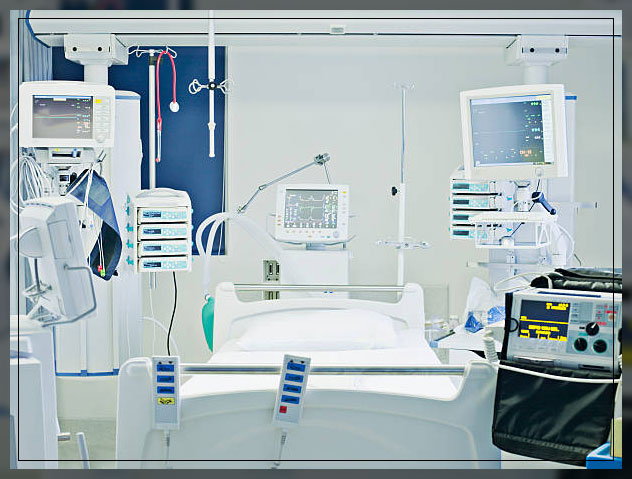
- store for date
- dual temperature
- oxygen saturation via pulse oximetry, SpO2
- calculates mean arterial pressure
These standard features are available in all modern medical monitors.
Vital Signs Monitor vs. Patient Monitor
You can use a vital signs monitor in clinical settings like the office of a doctor, a small clinic, or a pre-op area of the surgery.
Moreover, these can also be used in a home setting.
A vital sign monitor is a less expensive alternative for a small clinic or office of a doctor in comparison to a multi-purpose patient monitor.
Also, vital signs monitors provide fast and accurate readings.
These help to increase productivity in a high-volume, fast-paced environment.
Because of its intuitive design, size, affordability, and portability, it enables users of all ages and technical skill levels to play an active role in managing the healthcare of the patients.
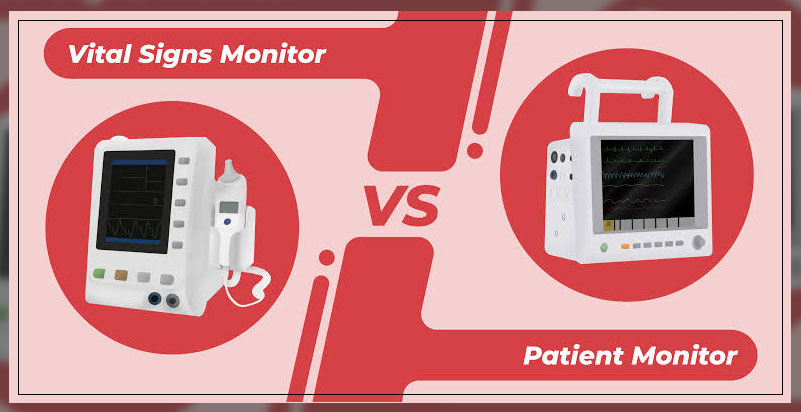
On the other hand, a multi-purpose patient monitor is designed to monitor more than just basic vital signs.
You can use them in settings where patients will need continuous monitoring on one monitor.
Moreover, the multi-parameter patient monitor will not only monitor the basic vital signs but also the heart rhythms, and other physiological parameters.
It can continuously monitor a patient without a clinician at the bedside of the patient.
It is important to note that these monitors come with audible and visual alarms.
When the monitor identifies any adverse trends it will prompt the clinical staff to intervene.
Integrating parameters will enable monitoring on a single display which in turn increases the decision-making process of the clinical staff.
Final Thoughts
Identifying your needs first, then your budget can help you make the right decision when buying a vital signs monitor. These can help provide accurate and fast readings to evaluate the health of the patients.
The data it provides gives valuable signs of how a patient is doing and will alert a clinician if a patient is not recovering so well or may have a more serious condition than what is visible.


